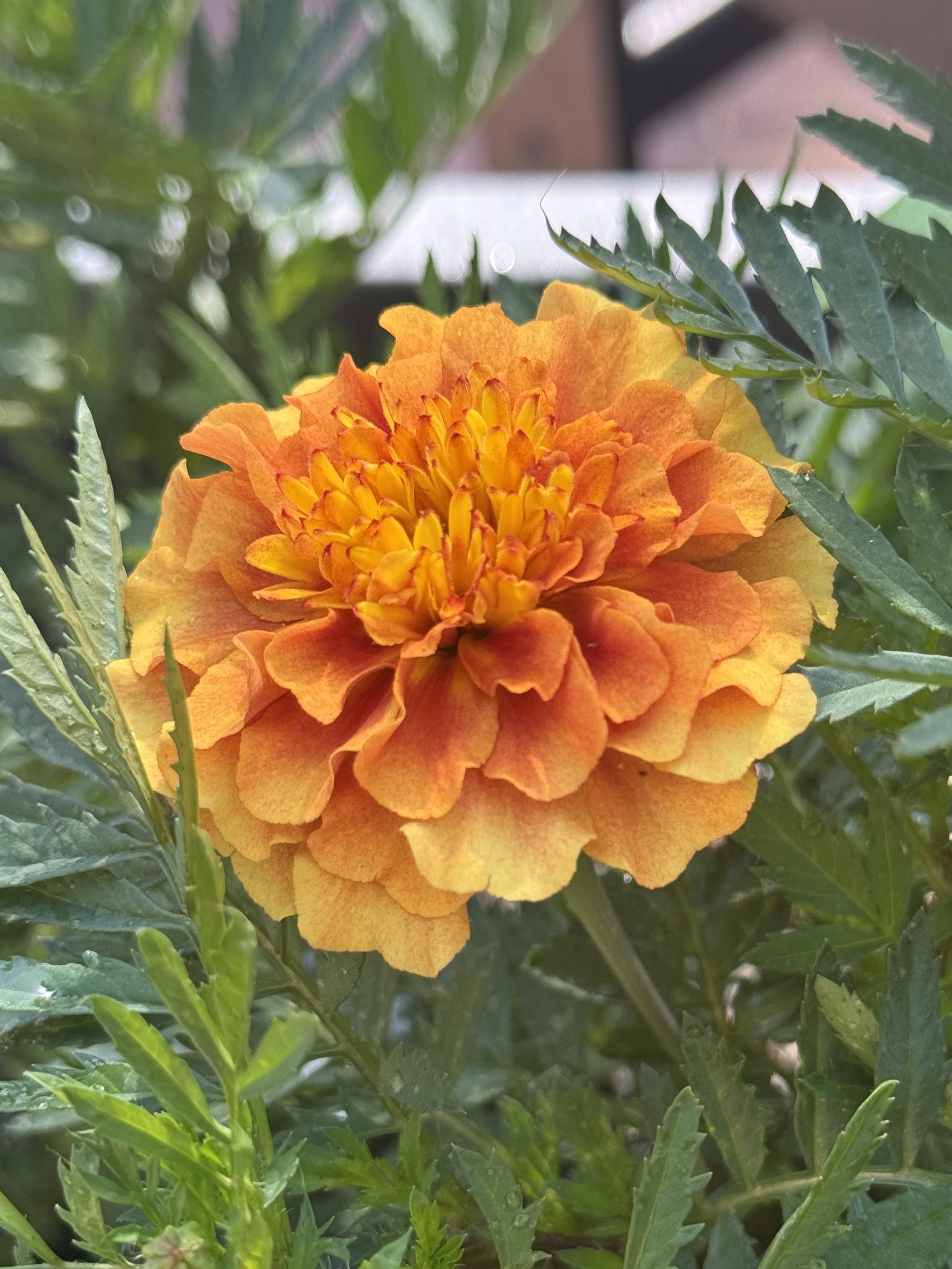Growing Instructions
Marigolds can be grown virtually everywhere as an annual. They prefer full sun and well-drained soil. You can direct sow or translplant marigolds. If you direct sow the seeds, plant them in loosened and weed-free soil by sprinkling them over the top and covering with a thin layer of soil about 1/4". Marigold seeds germinate quickly in warm soil, often in 4-7 days. If transplanting, once seedlings have a couple of sets of leaves, they are ready to be planted. Seeds and plants should be spaced or thinned to 8"-10" apart to give them room to spread out and get good airflow. Marigolds are not fussy about soil fertility, and rich soil (especially in nitrogen) can lead to more foliage and fewer flowers. Water when the top inch of soil is dry, then soak deeply. They are pretty drought-tolerant once established and prefer you allow the soil to dry slightly between waterings. The key to a long bloom season is deadheading. Remove the faded flowers by pinching or snipping them off. Doing so will prompt the plant to produce more buds instead of setting seed. If you keep up with deadheading, marigolds will continuously produce new flowers from late spring straight through fall until a hard frost takes them out.
| 👍 Good companions | Tomatoes, peppers, potatoes, eggplants and really most any vegetable (marigolds help deter aphids, beetles, and nematodes and attract pollinators) | ||
| 👎 Bad companions | Beans in close soil proximity (marigold roots may slightly inhibit bean growth if planted in close proximity) | ||
| Growing zones | 2-10 | Crop type | Annual |
| Crop difficulty | Easy | Seed type | Heirloom |
| Sowing method | Both | Containers? | Yes |
| Sun req. | Full Sun | Ideal soil temp. | 70-80°F |
| Days to germination | 5-10 days | Days to maturity | 45-60 days |
| Seed spacing | 8"-10" | Row spacing | 8"-10" |
| Seed depth | 1/4" | Needs support? | No |



